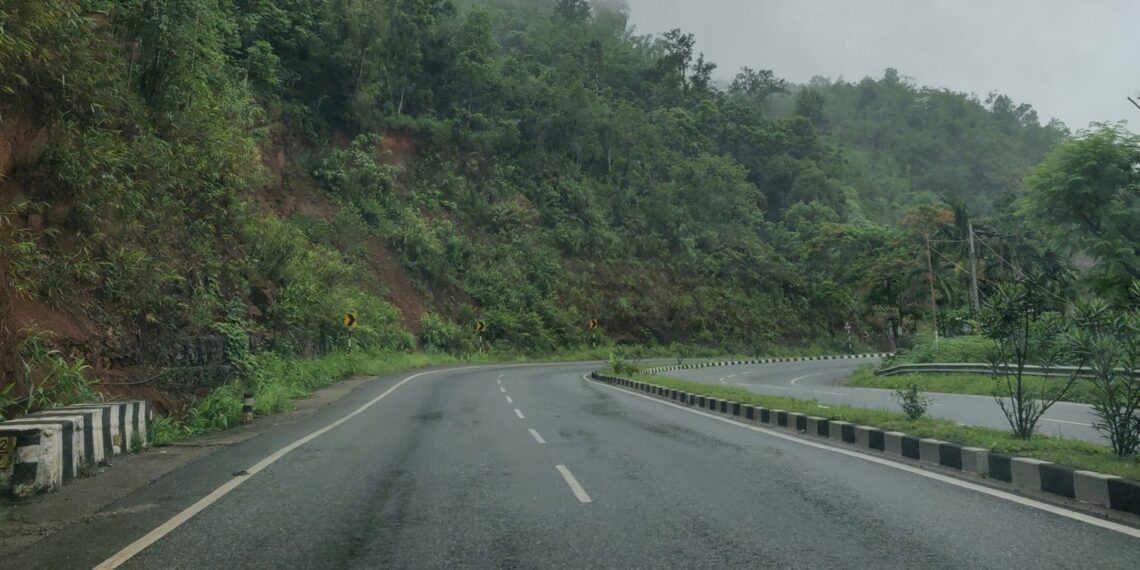In a bold infrastructural and geopolitical move, the Indian government has approved the construction of a 166.8-kilometre high-speed highway connecting Shillong in Meghalaya to Silchar in Assam—entirely bypassing Bangladesh. The Rs 22,864 crore project, slated for completion by 2030, is being hailed as a strategic step to reduce India’s dependence on Dhaka for transit access to its northeastern region.
This four-lane expressway, stretching along National Highway 6 from Mawlyngkhung to Panchgram, will slash travel time between the two cities from 8.5 hours to just 5. More significantly, it will allow seamless connectivity between the Northeast and the Indian mainland without crossing international borders.
The project’s approval comes in the backdrop of growing unease between India and Bangladesh, marked by emerging trade restrictions and controversial diplomatic statements. While the two nations have maintained limited transit agreements enabling maritime access to the Northeast, New Delhi appears increasingly wary of Dhaka’s unpredictability in fulfilling long-term transit obligations.



